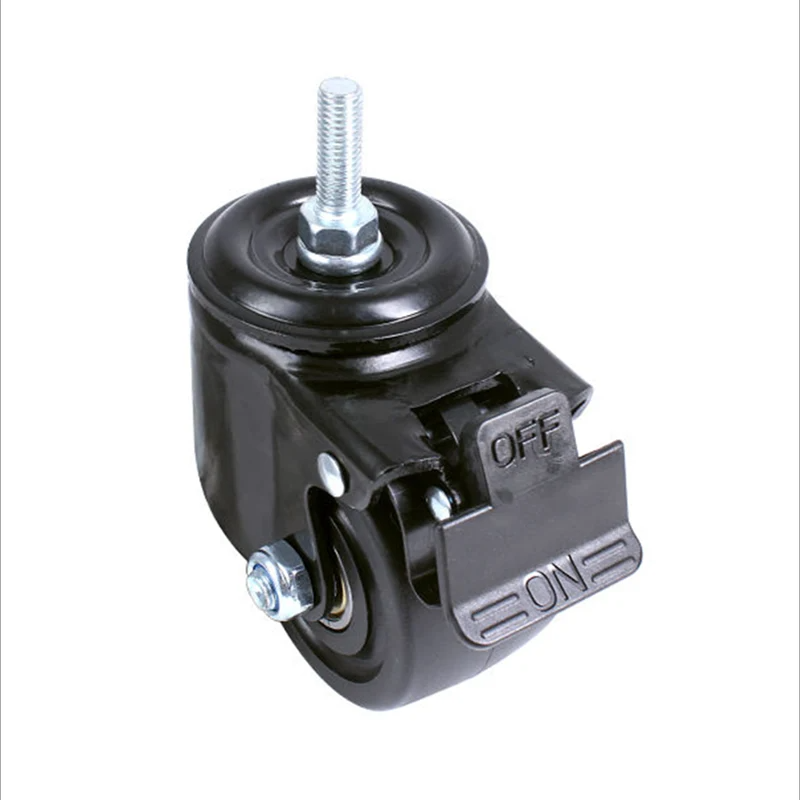What Are the Limitations of Adjustable Caster Wheel in Harsh Environments?
2024-08-08
In various industrial and commercial applications, adjustable caster wheel play a vital role in facilitating the movement of equipment and goods. However, when it comes to harsh environments, they encounter several limitations.
Harsh environments, such as those with extreme temperatures, high humidity, or abrasive substances, can pose significant challenges to the performance and durability of adjustable caster wheel. At extremely low or high temperatures, the materials used in the wheels and their components may become brittle or lose their elasticity, affecting their ability to move smoothly and withstand heavy loads.
High humidity can cause rust and corrosion on the metal parts of the caster wheels, weakening their structure and potentially leading to failures. For example, the bearings and axles might seize up, making the wheels difficult to rotate.
In environments with abrasive substances like sand or grit, the wheels' treads can wear out rapidly, reducing their traction and maneuverability. This can be especially problematic in applications where precise movement and stability are crucial.
Furthermore, in chemically aggressive environments, the chemicals can damage the rubber or plastic components of the wheels, shortening their lifespan.
To overcome these limitations, special materials and coatings may be required, but these often come at an increased cost. Understanding and addressing these limitations is essential for selecting the right caster wheels for specific harsh environment applications.




